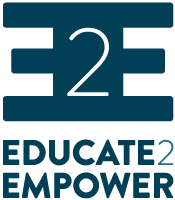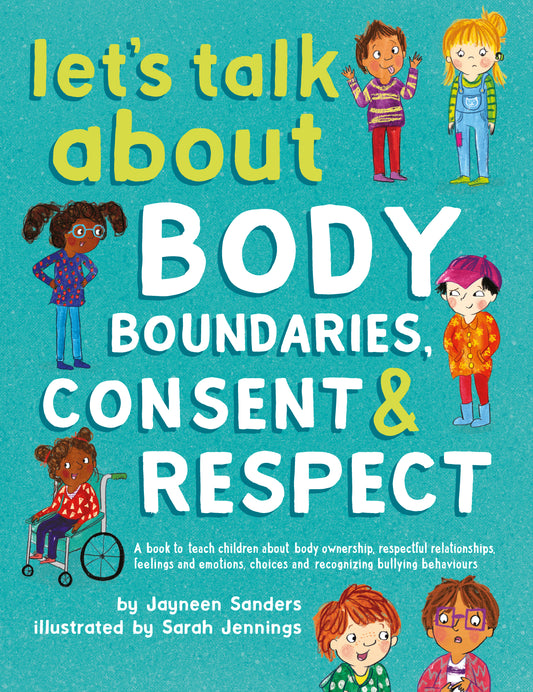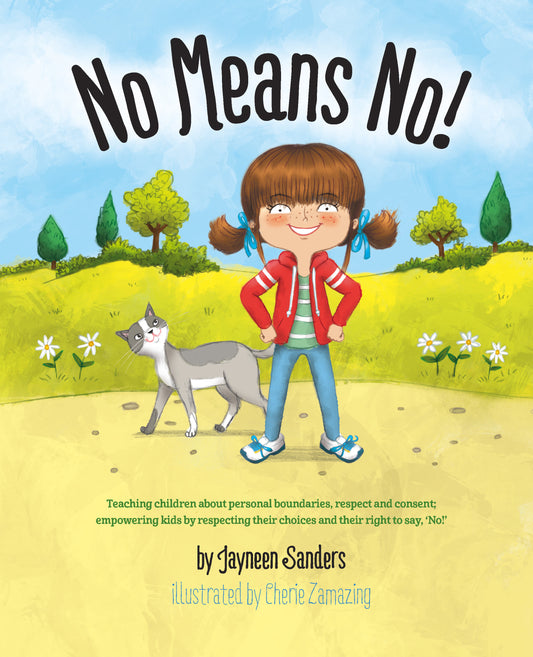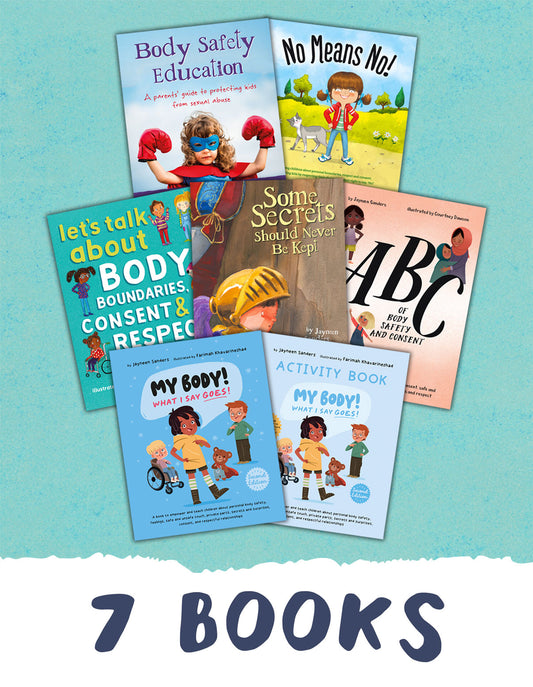Rule 1: Asking for Consent
Ensure all people who interact with your child ask for their consent before entering their body boundary. Ensure you child knows that a body boundary is the invisible space around their body (and wheelchair). It is their personal space — a space just for them. Discuss what consent means with your child: it means asking them if something is okay or not okay. It means asking for permission. If your child is non-verbal work out ways they can indicate ‘yes’ or ‘no’ when people ask for their consent.
Rule 2: Checking In
And even if your child has said ‘yes’ to a carer or trusted adult entering their body boundary (for example, lifting them out of their wheelchair) the adult needs to keep checking in with your child to make sure they have not changed their mind, or they are uncomfortable. Checking in might sound like, ‘Would you like to lie down now? May I lift your leg? Can I cover you with a blanket? Is everything okay?’
Rule 3: Greetings Are Your Child’s Choice
It is always your child’s choice how they choose to greet people. People should never hug or kiss them without asking first. They need to ask for your child’s consent. And they need to wait for your child’s reply. And just because they said ‘yes’ to a hug or kiss last week, doesn’t mean they have said ‘yes’ to a hug or kiss this week. All people need to ask your child how they would like to be greeted each time.
Rule 4: Private and Public Spaces
Explain to your child the difference between ‘private’ and ‘public’. Private means just for them. Explain that a private space might be your child’s bedroom or bathroom. Public spaces are places everyone uses such as the kitchen or a classroom.
When your child is in their bedroom or the bathroom, people need to ask for their consent (or permission) to enter the space.
Often a child with disability may need help to go to the bathroom and to get dressed and undressed — but Rule 1 Asking for Consent and Rule 2 Checking In still need to happen in these situations.
Rule 5: Private Parts Are Private
We all have private parts. These are the parts of our body under our bathing suit or underwear. Explain to your child that boys usually have a penis, testicles and a bottom.
Girls usually have a vulva on the outside and a vagina on the inside. They also have nipples and a bottom. When girls get older the area around their nipples grow into breasts. A person’s bottom is also known as their buttocks or anus. Explain these are the correct names for the private parts. Have your child and your child’s carers, teachers and healthcare workers always use the correct names for the private parts.
Explain that it’s not okay for a carer, teacher or healthcare worker to touch your child’s private parts without a very good reason such as an injury. And as well as having a very good reason, they also need to:
1. ask for your child’s consent first, and
2. make sure one of your child’s safe adults is in the room.
Your child’s mouth is also a private part or private zone; so, for example, a dentist needs to ask for your child’s consent before looking inside their mouth.
Rule 6: Feeling Unsafe
Explain that when we don’t feel safe our body is very smart and it will let us know. We might get a sick feeling in our tummy, our heart might beat really fast and we might need to go to the toilet — talk with your child about other things they may experience in their body. Explain that these feelings are called our Early Warning Signs. Reinforce that if any of these feelings happen, your child needs to communicate with a safe adult that they feel unsafe.
Have your child choose 3 to 5 safe adults to be on their Safety Network. One person should not be a member of your family.
Things that might make your child feel unsafe are:
* being yelled at or hit
* not being listened to
* being spoken to an unkind or disrespectful way
* someone entering their body boundary without asking for consent
* someone touching their body in an unsafe way
* someone touching their private parts in an unsafe way
* someone wanting to photograph their private parts or asking your child to take photographs of their own private parts and sharing them.
Explain what to do if any of these things happen.
1. Only if it’s safe to do so, say in a loud voice, ‘Stop! This is my body!’ or ‘Stop! I don’t like that!’
2. Tell a safe adult on their Safety Network as soon as they can.
3. Keep telling adults on their Safety Network until they listen and help them.
Explain that if someone asks to touch or look at your child’s private parts or shows them pictures of private parts, they need to:
1. Tell a safe adult on their Safety Network as soon as they can.
2. Keep telling adults on their Safety Network until they listen and help them.
3. And reinforce to your child if someone makes them feel unsafe or touches them in an unsafe way it is never ever their fault.
Rule 7: Don’t Keep Secrets
Explain that in our family we don’t have secrets only happy surprises because surprises will always be told. Explain that secrets are often meant to be keep for a long time or sometimes, forever. And some secrets can make us feel bad, especially if the person says we must never tell. Reinforce that if someone asks them to keep a secret like touching their private parts, kissing or showing them pictures of private parts, they need to tell an adult on their Safety Network as soon as possible.
Secrets like those need be told. And even if the person says not to tell — secrets like those need to be told.
More information, books and free resources go to www.e2epublishing.info





